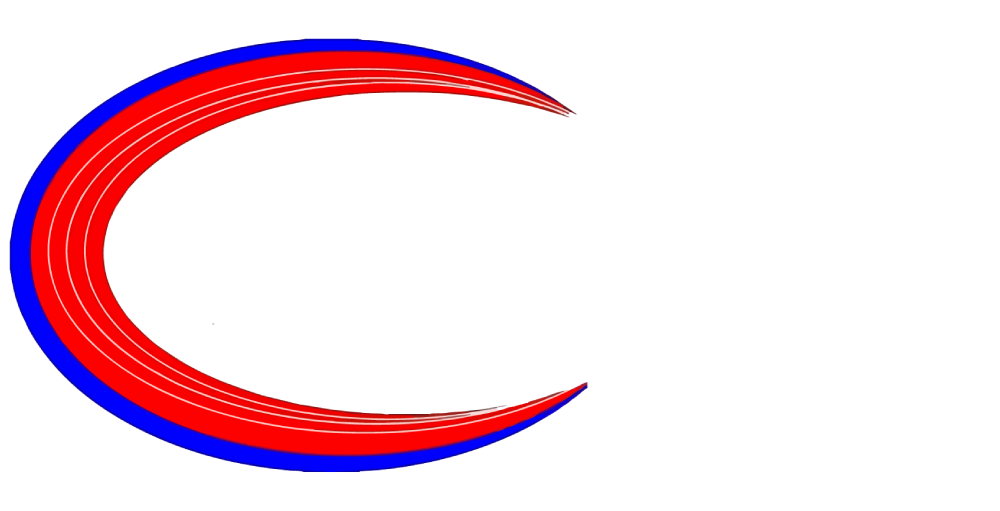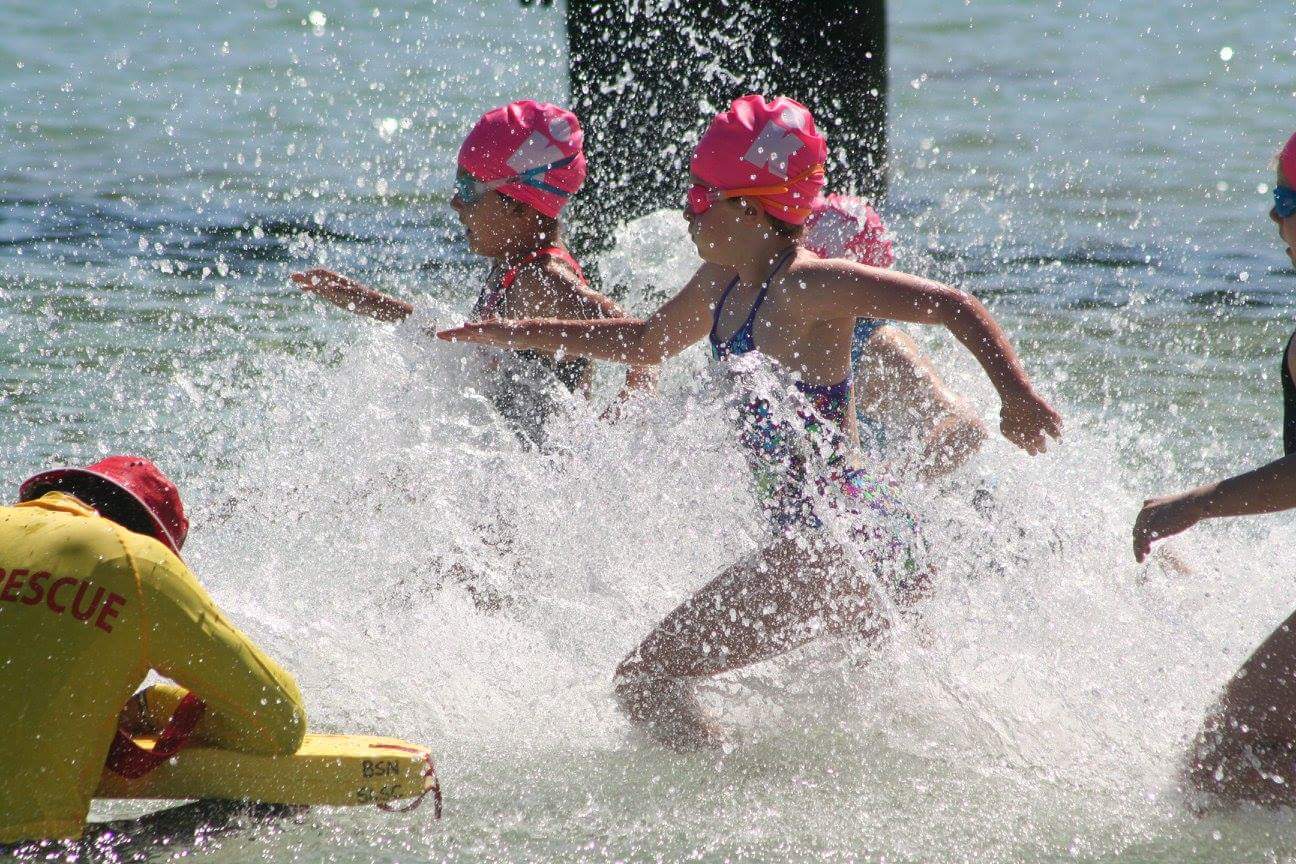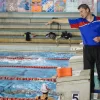 If you are a strong swimmer, you relish the swim start in a Triathlon. If swimming is not your strongest discipline, no doubt you will approach the swim start with some trepidation. You cannot win a Triathlon in the swim... but you can certainly lose it!
If you are a strong swimmer, you relish the swim start in a Triathlon. If swimming is not your strongest discipline, no doubt you will approach the swim start with some trepidation. You cannot win a Triathlon in the swim... but you can certainly lose it!
Many triathletes are most worried or anxious about the swim leg particularly the swim start.
In this blog all about the swim start, I will give you five top tips to enable you to enjoy the swim leg and certainly reduce your anxiety leading into it.
Even before the swim start, triathletes get nervous. First up...
Nerves are good. They mean you give a shit about the outcome of the event. If you were completely blase about the race you wouldn't be nervous. There are some things you can do to help with the nerves:
Take some deep breaths. Everyone has to do the swim. You have done it in training.
The nerves and anxiety start not just before the race but in the days & nights leading in. You start overthinking everything. I encourage all my athletes to write down a race plan. This way they know what they are going to do and just follow the process leading into race day...
Have a plan on race day
Many athletes find the swim very stressful is a lack of confidence in the water. Its scary, there are loads of people around you... you might get bumped and dunked. It can be even more daunting in darker water, not being able to see the bottom, not being able to breathe normally or if the water is freezing. These are all things that need to be considered, accepted and worked through in training.
Having a plan for the start of the race will help you massively. So, here are five pointers to enable you to prepare with excellence for your next swim on race day.
Excellence or perfection
Get used to swimming in a wetsuit!
There is a general rule in Triathlon, don't use anything new on race day! This really does include your wetsuit. Make sure you have one that fits. It should feel like a second skin on your body. I would always encourage using one with arms as it provides additional 'grip' on the water. Getting into the wetsuit, it should be pulled all the way up to the crotch. Make sure the sleeves are pulled high enough over your wrists to avoid restricting the shoulders in the water. When you swim in a wetsuit you will normally swim faster, as you sit higher in the water. Anything over 400m swim, and you have the option to wear a wetsuit... wear it!
Wear two hats if it is cold!
Sounds daft, but it is a very simple solution to keeping warm. Athletes lose a lot of heat through the top of their head. This simple solution can help that massively. Just make sure that any official race hat is the one visible!
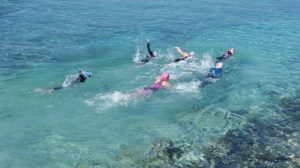 Use clear 'fresh' goggles.
Use clear 'fresh' goggles.
Don't use the ones which are scratched to bits and you cannot see anything out of. Get some new ones a few weeks before the race, to ensure they fit. I would also advocate using different styles of lens tinting depending on the conditions. If it is a dull day... clear goggles. If it is bright and sunny... use a darker tint. I would absolutely suggest you have a spare pair in your race bag... just in case. Race planning and preparation!
KNOW where you are going to start.
In age-group racing you normally have a choice of where to start. My suggestion would be if you are a weaker swimmer, start so you are on the outside of the first buoy. This way you reduce the chances of getting clobbered, dunked, punched, swum over and any other nightmare you can think of at a turn. You also are much more likely to get clear water and be relaxed in the water... even if you have to swim an extra 10 meters to the buoy! Obviously, if you are strong swimmer and likely to get to that first turn towards the front, go with the shortest option... but still worth considering getting clear water as soon as possible!
Practice getting into and out of the water.
Running into the ocean sounds simple! But I have seen athletes somersault as they catch a wave with their foot. I have also seen athletes fall flat on their face as they misjudge the sand depth. Just have a few goes on race morning, or the day before. When you get out of the water at the end of the swim... KEEP SWIMMING all the way until you get a handful of sand. So many triathletes stand up and walk way too early and swimming in the water is quicker, less energy sapping and just easier than running.
Have a great start in your next race!
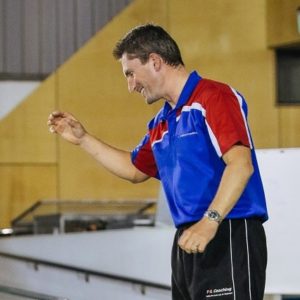
Paul is a Professional Triathlon Coach. Passionate about the sport of Triathlon. Paul empowers athletic achievements with quality individualised bespoke triathlon coaching.
Coach Paul is a British Triathlon Federation Level 3 Coach and a Triathlon Australia Performance Coach.
He is also an IRONMAN Certified Coach and a Level 2 Training Peaks Coach. F4L Triathlon Coaching offers triathletes and other endurance athletes a full coaching and training service that caters to all levels of triathletes. F4L offers professional triathlon and endurance coaching and the reliability triathletes and endurance athletes require. Each athlete is an individual, every athlete has different needs.
